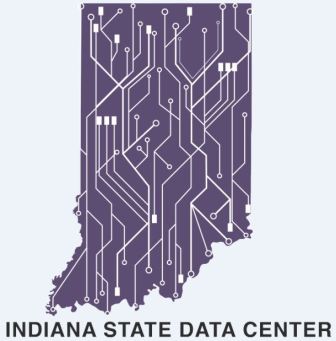Resources online for COVID-19 data are already plentiful. You can do a search today and find data on the internet from all over the world, from many sources and for a variety of audiences. So, this is a good time to review the ways we evaluate sources for data and information.
 There is no one perfect method for validating a data source. The usefulness of the data does not necessarily determine its reliability, nor does its timeliness or currency. When you choose a good book to read, you generally look for a good author, right? When you’re looking for good data, you need to choose a data source that has been verified by other sources.
There is no one perfect method for validating a data source. The usefulness of the data does not necessarily determine its reliability, nor does its timeliness or currency. When you choose a good book to read, you generally look for a good author, right? When you’re looking for good data, you need to choose a data source that has been verified by other sources.
This will ensure that the next time you search for data, you know where it’s from, what makes it a credible source, and how reliable it is.
If you do a Google search on “evaluating sources,” you can find several helpful mnemonics and acronyms that can help you remember how to search safely:
SIFT = Stop. Investigate. Find. Trace.
CRAP Test/CARP/CRAPPO/TRAAP = Currency. Relevance. Authority. Accuracy. Purpose.
CRITIC = Claim? Role of claimant? Information backing the claim? Testing? Independent verification? Conclusion?
PROVEN = Purpose. Relevance. Objectivity. Verifiability. Expertise. Newness.
Any one of these methods is useful for evaluating information sources. When it comes to data specifically, these are important questions to ask:
Where is the data from?
What was the source for this number or set of numbers? Did this come from a database that was available to you online? What organization created or collected the data? For what purpose? Was it a government information resource, a well-known national nonprofit organization or a college or university-owned research center? Was the data private or public information?
Who owns or maintains the data?
What is the name of the individual researcher or organization which conducted the survey or held the focus groups or interviews? What agency or organization published its findings with a publicized database or report? Who maintains the website you downloaded the data from?
When was the data made available compared to when it was collected?
What was the time frame for data collection? When was the database or report based on this data published? What date was the data released? When did you access the data?
How reliable is the data?
For how many years has the study been done? Can the data be verified? Can the study be reproduced? What methods were used to collect the data? Is the study peer reviewed? How are the data collection methods evaluated? How reputable are the organizations producing the data? Who else repeatedly uses this data?
Here are some examples of current, reliable sources for COVID-19 data:
The most recent COVID-19 data available for our state comes directly from the Indiana Department of Health. This is a government information source. The ISDH has been transparent in releasing current information daily throughout the pandemic. Since we get the numbers directly from the ISDH, it is our primary data source. We’re not relying on a secondary source for information.
 For federal statistics on COVID-19, the Centers for Disease Control and Prevention provides a COVID Data Tracker with cases and deaths by state and county.
For federal statistics on COVID-19, the Centers for Disease Control and Prevention provides a COVID Data Tracker with cases and deaths by state and county.
For global statistics on COVID-19, the Johns Hopkins Center for Systems Science and Engineering maintains a COVID-19 dashboard that shows cases by country and world region. It includes information about data sources and technical production of the database.
 This blog post by Katie Springer, reference librarian. For more information, contact the Reference and Government Services Division at 317-232-3678 or submit an Ask-A-Librarian request.
This blog post by Katie Springer, reference librarian. For more information, contact the Reference and Government Services Division at 317-232-3678 or submit an Ask-A-Librarian request.
